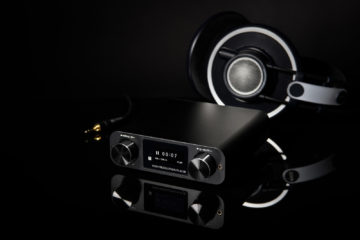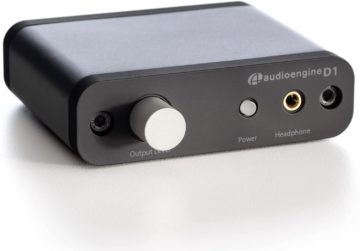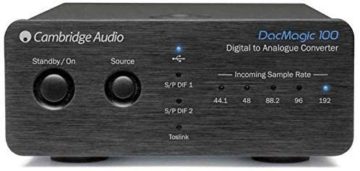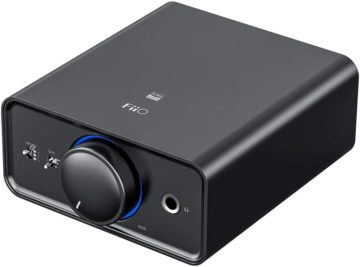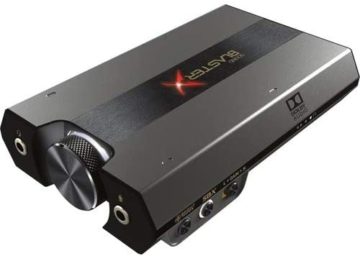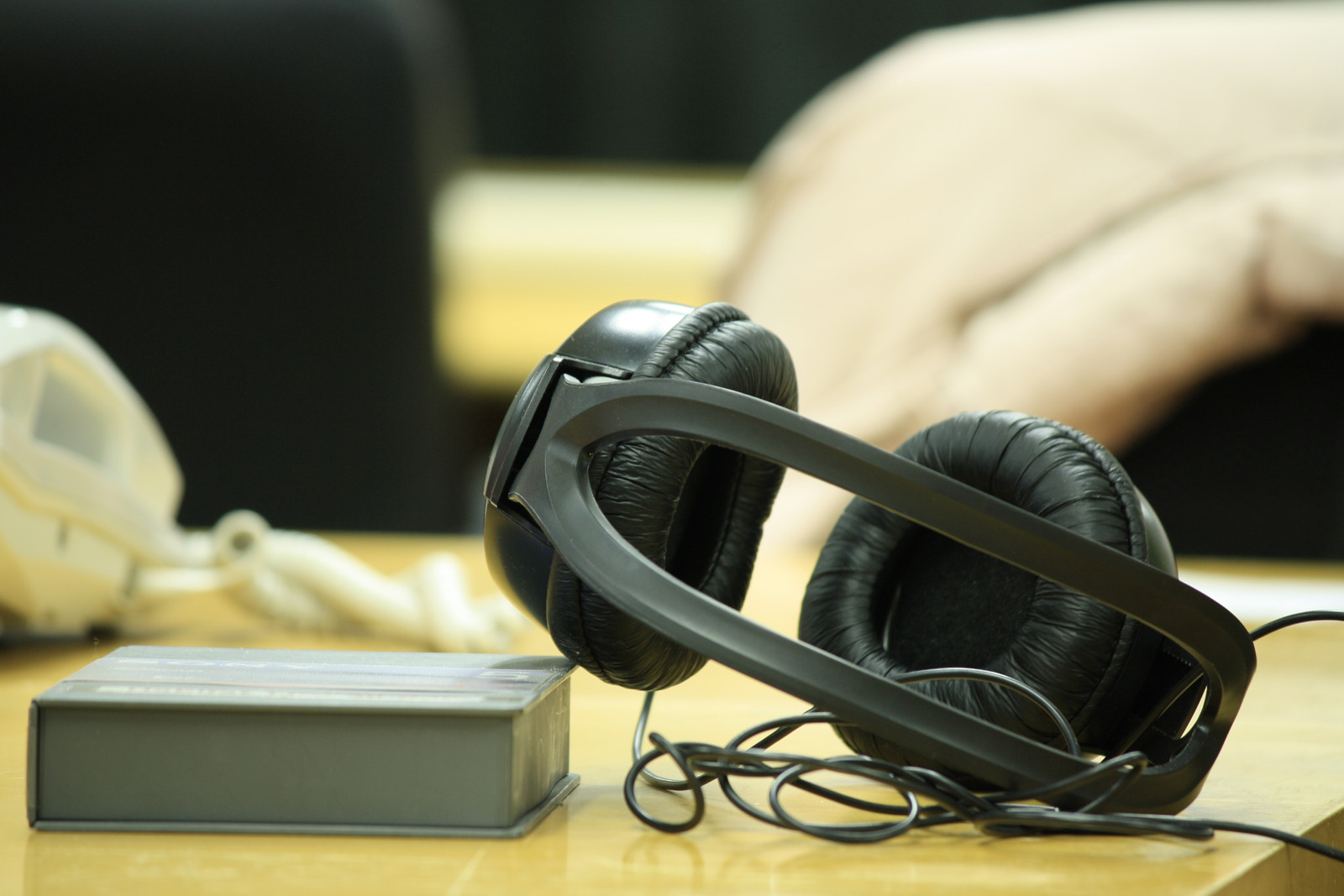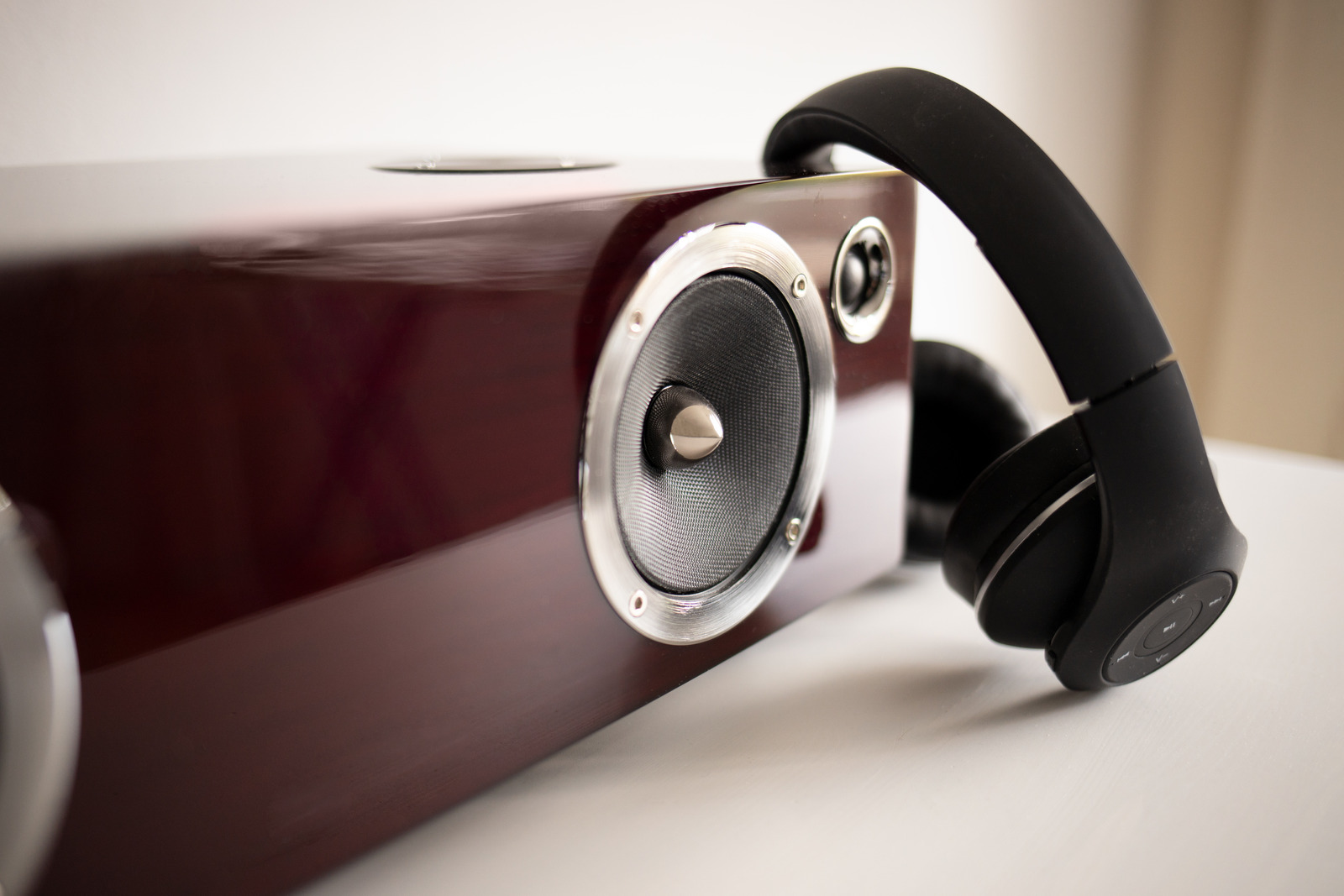For anyone looking for a small and compact DAC with a powerful conversion range, look no further than the D1 from Audioengine.
Best Electronic Drum Headphones
Unveiling the top electronic drum headphones - from budget finds to premium sound quality. Elevate your drumming experience now!
